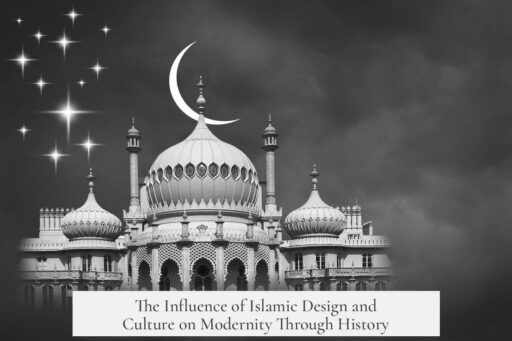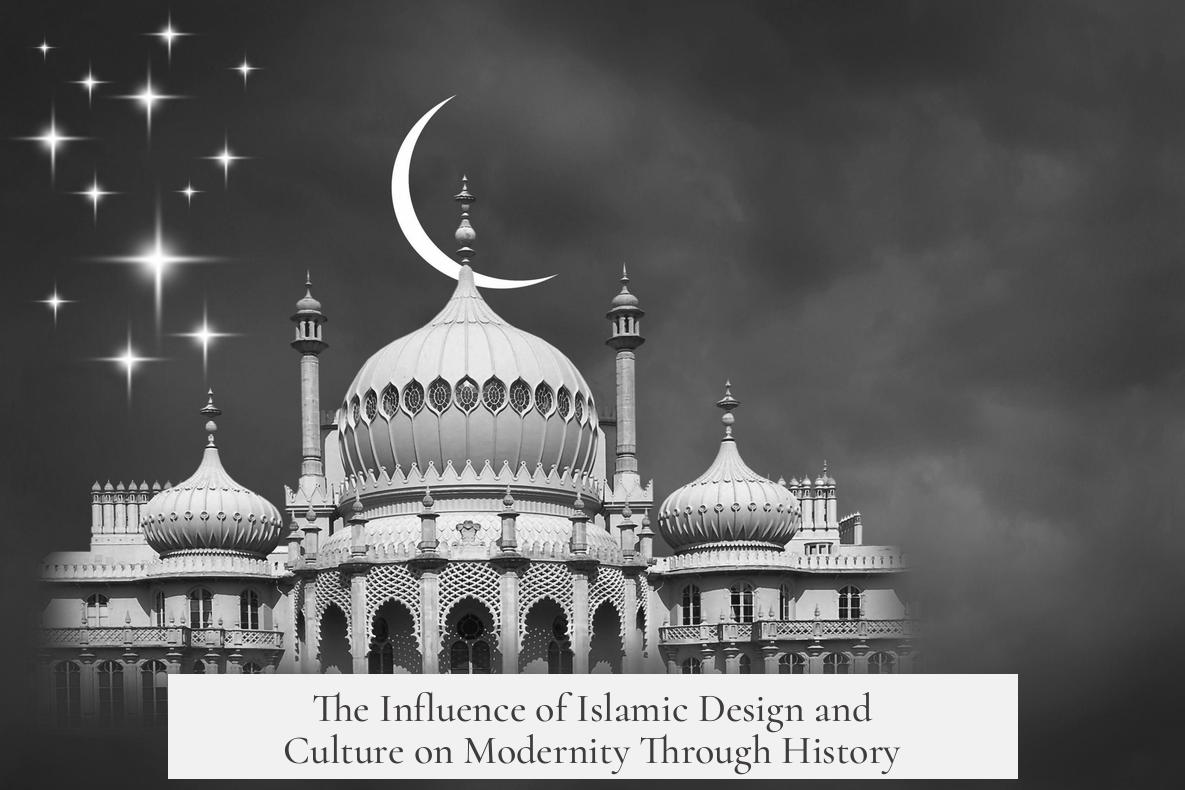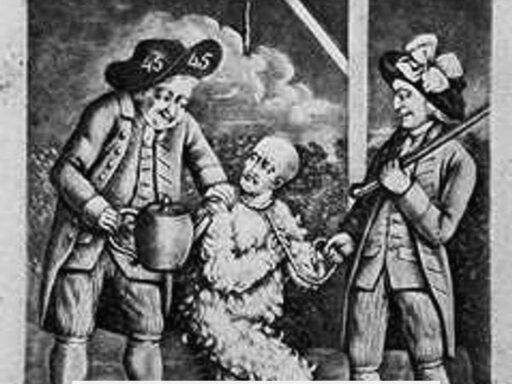The ancient Islamic roots of modernity lie in the profound influence of Islamic design, culture, and intellectual achievements on modern society. Islamic art, characterized by intricate patterns and ornamentation, reflects a high level of craftsmanship and dedication. This art form carries deep cultural meaning and has contributed significantly to the aesthetic heritage of various regions.
Islam as a religion began in 610 AD during the early Middle Ages. Therefore, the term “ancient Islam” is a misnomer, since Islam’s origins do not reach back to antiquity. However, the civilizations and cultures that flourished under Islamic rule from the 7th century onward left a lasting imprint on art, science, architecture, and philosophy.
Islamic culture is often framed collectively in historical narratives as a golden age, more so than Christian culture. Scholars highlight this collective identity in fields such as art, science, and philosophy. This framing influences how contributions from Islamic societies are recognized globally.
One key center of Islamic cultural and intellectual achievement was al-Andalus, or Muslim Spain, where Islamic civilization thrived for about 700 years. The architectural and artistic legacy of al-Andalus is remarkable and often underrepresented in Western history. The region served as a crossroads for knowledge, blending Islamic, Christian, and Jewish traditions.
Islamic civilization played a crucial role in preserving and transmitting knowledge during the Middle Ages. Works like Peter Frankopan’s Silk Roads and Knowledge: A History of the World in 7 Cities explore how Islamic cities became hubs for science, philosophy, and culture, shaping the foundation of modern global knowledge networks.
The influence of Islamic culture extends even to language and place names. For example, the name “California” is derived from an Arabic term “Caliphate,” showing the linguistic traces of Islamic heritage embedded in modern geography.
Modern recognition of Islamic art and culture continues through exhibitions, such as the Cartier exhibit at the Dallas Museum of Art. These displays highlight the enduring appreciation of Islamic aesthetic traditions and their impact on contemporary art and design.
- Islamic art’s detailed ornamentation reflects cultural mastery and dedication.
- Islam began in the early Middle Ages, not ancient times.
- Islamic achievements are often viewed collectively under religious identity.
- Al-Andalus was a major Islamic cultural hub with lasting artistic influence.
- Islamic civilization contributed to global knowledge transmission.
- Arabic language influenced modern place names like California.
- Public exhibitions continue to honor Islamic artistic heritage.
The Ancient Islamic Roots of Modernity: The History of the Influence of Islamic Design and Culture
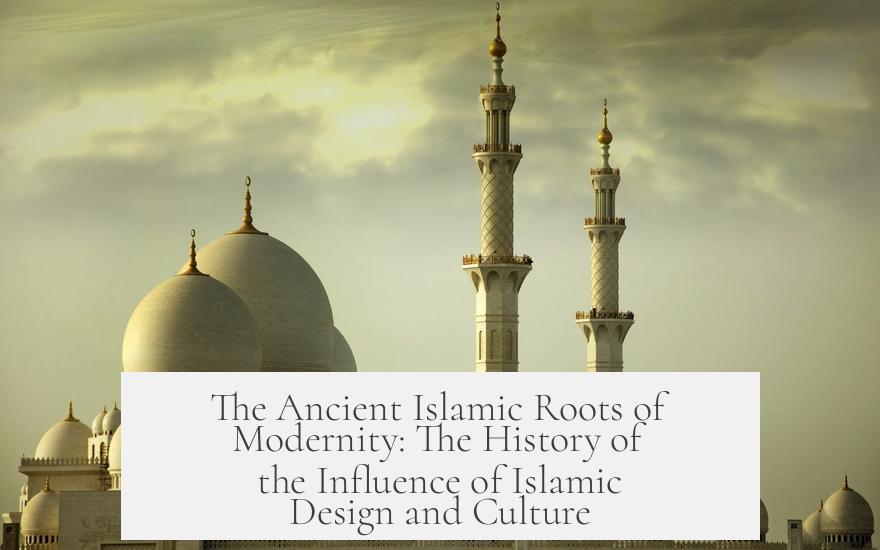
Islamic culture and design have profoundly shaped what we call modernity today. Many overlook this, but the impact of Islamic aesthetics, science, and intellectual thought forms a foundation much of modern society builds on. So, what does “ancient Islamic roots” really mean, and how has it shaped our world?
First off, the phrase “ancient Islamic” can be misleading. Islam, as a religion and culture, officially begins around 610 AD. That’s the early Middle Ages, not classical antiquity. No ancient Islam, strictly speaking. But the rapid spread of Islamic culture soon created a golden era of learning and art that still shines through today.
Why does the label “Islamic” come up so often in history?
Interesting observation: unlike discussions about Christianity or other major religions, Islamic culture tends to be discussed as a holistic force rather than just individual achievements. We rarely hear about a “Christian golden age” as a label. Instead, great Christian artists or thinkers get recognized individually.
With Islam, there’s frequent talk of an “Islamic Golden Age.” It’s a collective term for vibrant contributions in science, philosophy, architecture, and art driven by Muslim scholars and artists. This framing connects the achievements closely to the religious and cultural identity of the time.
The Art of Islamic Design: Patterns That Speak
Anyone who’s admired Islamic art knows it’s dedicated to intricate patterns and stunning ornamentation. This dedication shows serious mastery and cultural value placed on beauty and order. The geometric patterns and calligraphy in Islamic design aren’t mere decoration—they’re a bridge between spirituality and intellectual rigor.
So, appreciating these designs isn’t just about aesthetics; it’s admiring a culture that treasures knowledge and discipline. It’s also why modern design fields often draw inspiration from these motifs today.
Al-Andalus: The Forgotten Jewel of Islamic Civilization
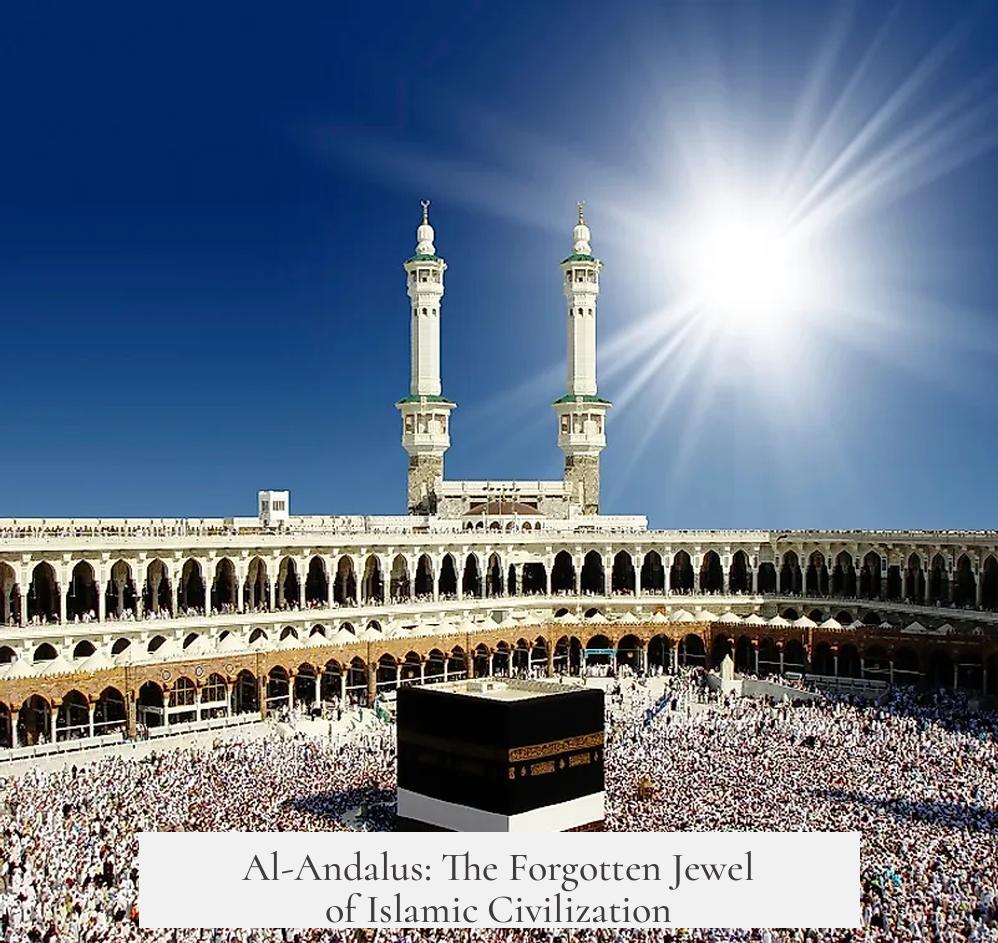
Take Al-Andalus, the Muslim-ruled part of Spain for 700 years. This civilization thrived with astonishing architecture, vibrant arts, and great scholarship. Yet, many western histories either skip over or downplay this era. Imagine libraries of knowledge, scientists, poets, and architects all flourishing in harmony!
The Great Mosque of Córdoba remains a prime example. The stunning arches and intricate tilework there not only symbolize faith but also advanced architectural techniques that influenced later European structures.
Islam’s Influence on Global Knowledge and Society
Beyond art and architecture, Islamic culture played a key role in shaping the transmission of knowledge. Think about the Silk Roads—networks of trade that were also highways for ideas, philosophies, and inventions. Scholars like Al-Khwarizmi, sometimes called the father of algebra, laid foundations that modern science and mathematics rely on.
Peter Frankopan’s Silk Roads explores this web of knowledge exchange. Other works like Knowledge: A History of the World in 7 Cities underscore the pivotal role Islamic cities played as knowledge hubs. These facts matter greatly because they show modern science isn’t just Western-born—it’s a shared human achievement with strong Islamic roots.
Language Lessons: Echoes of Islamic Culture in Everyday Life
Even the words we use carry traces of Islamic influence. Ever heard that “California” might derive from the Arabic word “Caliphate”? This linguistic link reveals cultural interactions beyond borders, reminding us that Islamic civilization’s impact isn’t confined to dusty history books but lives in our daily language.
Modern Exhibitions Celebrating Islamic Legacy
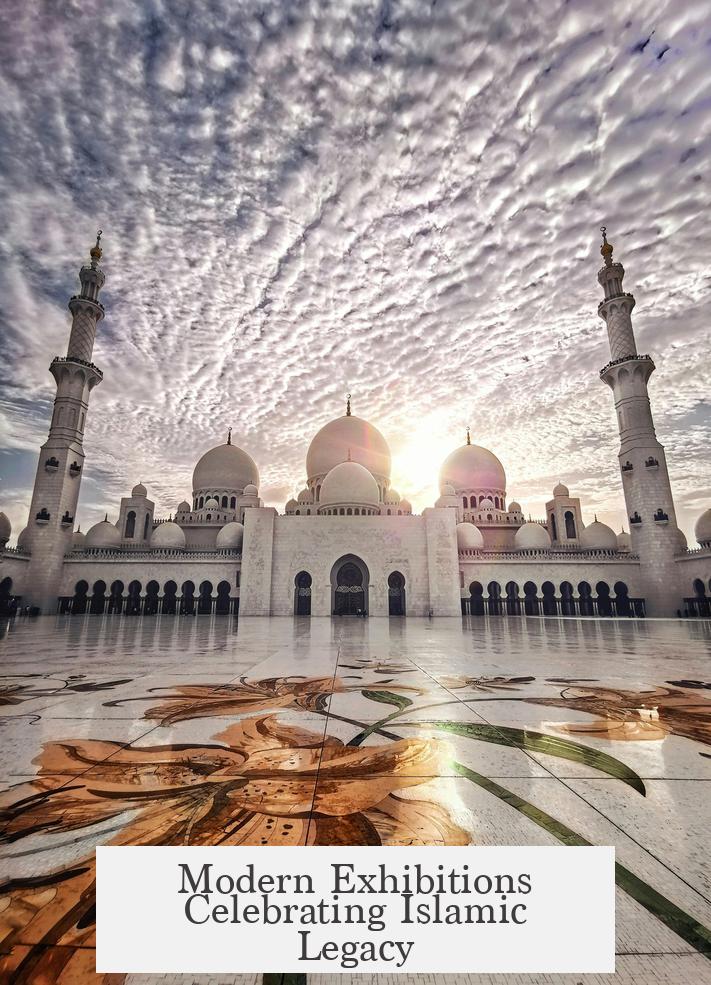
Modern museums recognize Islam’s artistic impact too. For example, the Dallas Museum of Art hosts exhibits like Cartier’s, exploring Islamic art’s influence. These exhibits let audiences see historic designs up close, bridging past and present and shining light on a cultural heritage that many may not be familiar with.
Why Should We Care About These Islamic Roots in Modernity?
You might wonder, why emphasize Islamic contributions so much? Because recognizing these roots cultivates a fuller, richer understanding of global history. It challenges narrow views that credit only Western achievements. It also respects millions whose ancestors played pivotal roles in shaping knowledge, art, and civilization.
Understanding these contributions inspires innovation today. Designers, scientists, and thinkers often find fresh ideas by looking into Islamic patterns, philosophies, or methods. The interconnectedness of cultures long ago can spark creativity in an increasingly globalized world.
Takeaway: How Islamic Culture Shapes Modernity
- Design & Art: Intricate, geometric, and spiritual patterns influencing modern architecture and graphic arts.
- Knowledge Transmission: Islamic scholars preserved, expanded, and helped transmit classical knowledge and original discoveries.
- Linguistic Legacy: Words we use daily still echo Islamic cultural expansion.
- Historical Narrative: The Islamic Golden Age reframes how we view collective achievements in culture and science.
- Modern Awareness: Exhibitions and scholarship bring overdue attention to Islamic contributions to the public.
Next time you admire a beautiful tiled wall or solve a math problem involving algebra, take a moment to appreciate the ancient Islamic roots behind it. Modernity owes much to this incredible tradition of thinking, creating, and innovating. Isn’t history more fun when it surprises you?
